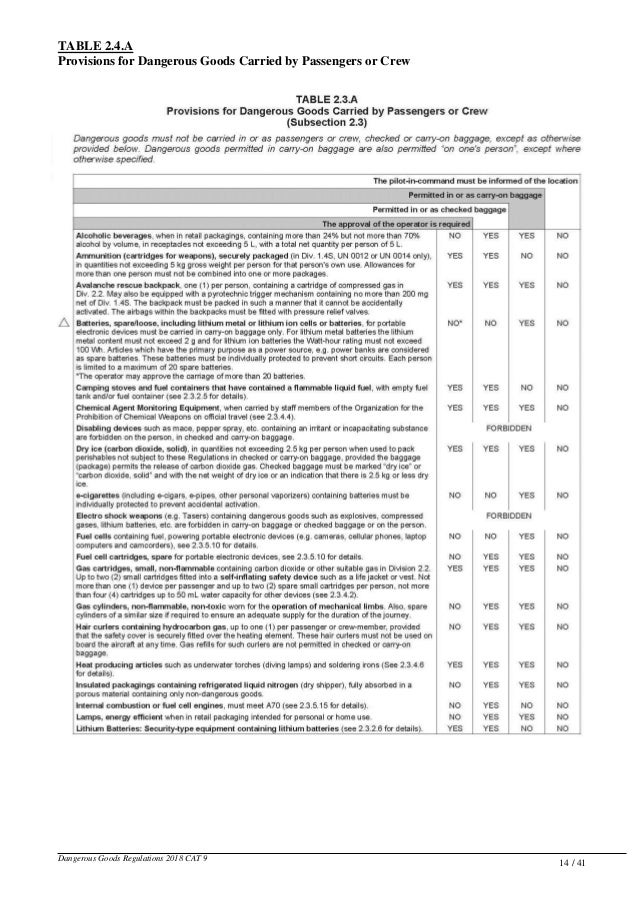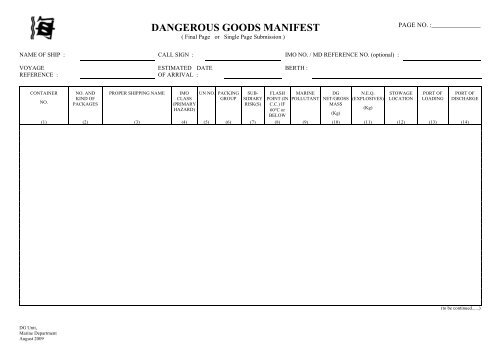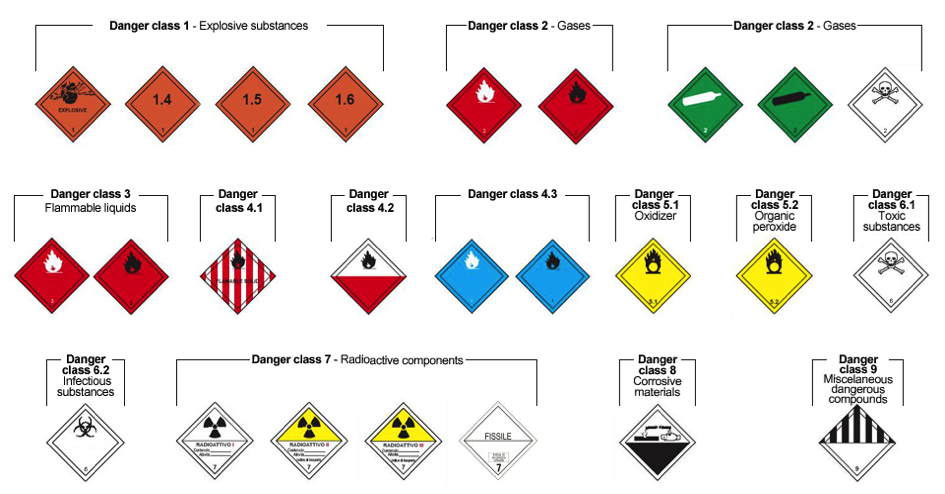1 Do you need a licence. 2 The driver of the road vehicle must not.

Dangerous Goods Regulations Cat 9
Applicant must have attained the age of 21.

Class 1 dangerous goods licence. Or not otherwise specified. 27072014 Class 1 car licence learner or restricted A holder of a Class 1 learner or restricted licence can drive. If you are driving a vehicle carrying dangerous goods then you must by law hold an ADR licence which is the European Agreement concerning the International Carriage of Dangerous Goods by Road.
Some collective entries may be of the generic. If you require a licence to transport class 29 andor class 5 excluding class 1 and 7 use the form - application for a DG driver licence class 2-9. Type provided that the regulations contain provisions ensuring safety both by excluding extremely dangerous goods from normal transport and by covering all subsidiary risks inherent in some goods.
More info about the marking and labelling of dangerous goods can be found here. Prior to January 2007 this only applied to vehicles over 35 tonnes but now you must have the ADR licence if youre in an HGV or in a Ford Transit and examples could include. A dangerous goods that are in a receptacle with a capacity of more than 500L or b more than 500kg of dangerous goods in a single receptacle or c in the case of intermediate bulk containers IBCs where the.
To be eligible to apply for a licence you must. A Guide to Application for Dangerous Goods Licence. Appendices to the Guide to Application for Dangerous Goods Licence.
You must hold a dangerous goods driver licence to drive a licensed vehicle carrying dangerous goods if the. Dangerous goods are in a receptacle with a capacity of more than 500 litres or 500 kilograms goods are in an Intermediate Bulk Container IBC and total capacity of all IBCs containing dangerous goods on the vehicle is more than 3000 litres. The load contains dangerous goods of UN Division 21 or UN Class 3 4 or 5 or that have a Subsidiary Risk of 21 3 4 or 51.
Explosive Materials Class 1 Including any substance with an explosion hazard explosions that may project fragments and firebrands and fire hazards. Refer to the dangerous goods drivers bulletin for further information. The licence is valid up to 5 years.
Appendix III Compliance Checklist. You will need this licence if you intend to drive a road vehicle that is carrying quantities of dangerous goods that. 07012016 Commonly transported Class 1 Dangerous Goods include ammunitions fireworks air bag inflactors and fuse etc.
Gasses Class 2 Including flammable gasses toxic gasses and gasses that are neither flammable nor toxic like helium and. Appendix II Other Details to be Included in the Submitted Plans. More Dangerous Goods Classes.
Dangerous Goods Drivers Licence Manual AS-T302 30 01112018 Page 7 of 115 171. The picture below shows the hazard symbols label for Class 1 dangerous goods. Characteristics shall first be considered for inclusion in Class 1.
Control of ignition sources. Appendix I Flowchart Showing the Application Procedures for a DG Licence. Any vehicle with a gross laden weight GLW or gross combined weight GCW of not more than 4500kg including tractors and combination vehicles ie.
For this reason most people except certain persons carrying out their official duties see end of this information sheet must hold a controlled substance licence CSL to possess certain class 1 explosives. A vehicle towing a trailer but doesnt include motorbikes see class 6 below. Applying for and renewing a dangerous goods driver licence.
Class 1 explosives need to be handled safely by people who have sufficient knowledge and practical skills and meet certain character requirements. A person must have a dangerous goods driver licence if transporting. 26052020 are a Risk Category 3 load for Class 1 explosives.
Class 1 Dangerous Goods Label. DGTNSW is not licensed at this time to transport HIGH RISK Class 1 Explosives for which a license to transport explosives under the NSW Explosives Regulation is required DGTNSW is able to transport unrestricted explosives including exempted articles and most articles in Class 14S eg ammunition fuse etc in quantities equal to or less than 10kg however these still need. 17062020 The 9 Classes of Dangerous Goods.
Exceed 500 litres or kilograms in a container exceed 3000 litres in a single Intermediate Bulk Container IBC are a risk category 3 load for Class 1 goods explosives. Licence details Renewal only. You must submit a completed Application For A Dangerous Goods Driver Licence form PDF 2236 KB at a Service Tasmania outlet.
Https Www Asean Org Wp Content Uploads Images 2015 September Transport Facilitation Batch 3 Dangerous Goods Handling All Modes Chapter 202 Asean 20disclaimer Pdf
List Of Dangerous Goods According To Iata Dgr Source 5 Download Scientific Diagram

Dangerous Goods Manifest Final Page

Pin On Stock Image Photography

Dangerous Goods Logistics Operational Guide Log Digital Logistics Capacity Assessments




0 comments:
Post a Comment